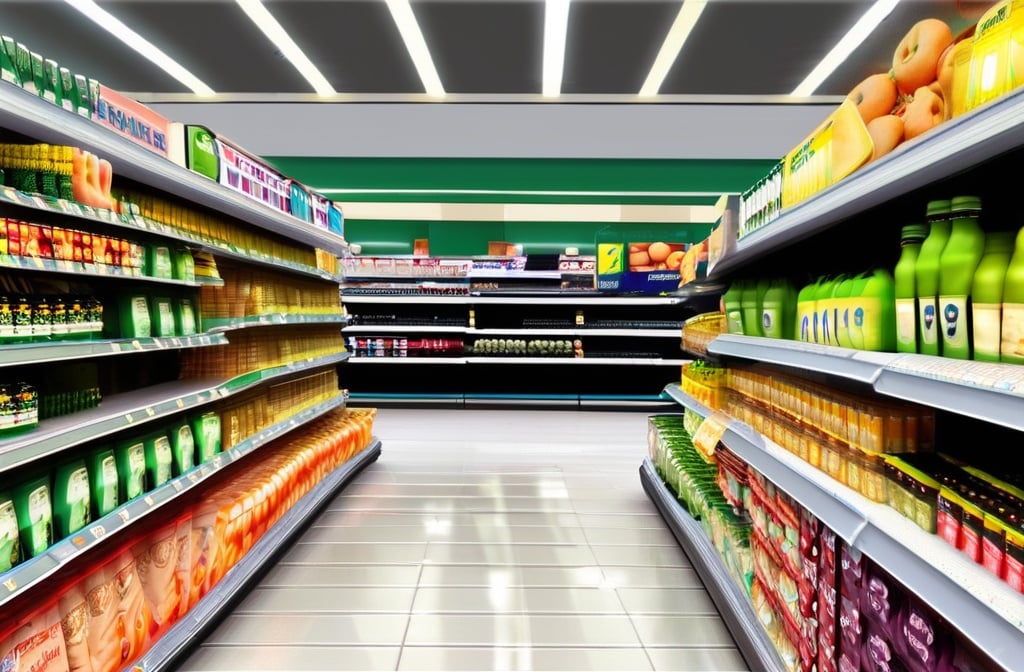Supermarket competition in focus
Where I somehow convinced everyone I knew what I was talking about.

The Dynamics of Australia’s grocery market: IGAs, ALDI, and the “Big Two”
The Australian Competition and Consumer Commission’s (ACCC) recent Supermarkets inquiry findings have once again highlighted the substantial market power held by Coles and Woolworths aka “the big two”.
While pointing out that the big two made huge profits, it highlighted some of the factors behind that, including them having key advantages in securing prime retail sites and influencing the supply chain.
This market dominance is particularly pronounced in regions like Tasmania, where Tammy has been a vocal advocate for the entry of ALDI to stimulate competition.
Concerns have been raised that ALDI’s entry could harm local independent grocers, particularly those operating under the IGA banner. This narrative often frames ALDI as another threat to small businesses already struggling against the dominance of the “big two.” However, it is crucial to recognise that IGA occupies a distinct market position that differentiates it from both large supermarket chains and discounters like ALDI.
Fresh produce growers across Australia struggle to get their produce in front of consumers, outside of the big two supply chains.
Understanding Metcash and IGA’s role
Metcash owns and operates the IGA network, along with other brands such as Mitre 10 and Celebrations Liquor stores. Founded in 1927, it plays a critical role in Australia’s wholesale distribution and grocery marketing landscape.
It operates as a wholesaler, supplying a wide range of products to independently owned supermarkets, convenience stores, liquor outlets, and hardware stores across the country.
All stores that Metcash supply to are independently owned and operated. IGA is no exception, operating under the Metcash umbrella.
Thriving in a competitive market
IGA’s success does not depend on directly competing with larger chains on price or product range. Instead, it leverages its community-focused approach, local connections, and ability to adapt to changing consumer needs. As consumers increasingly value convenience and local nature, IGA’s strengths position it well for continued relevance and resilience in the Australian grocery market.
The impact of ALDI’s entry
While ALDI’s entry into new markets can intensify competition, it is important to remember that ALDI and IGA target different consumer segments. In marketing it is known to have different context and interface, meaning that while ALDI’s appeal lies primarily in its low prices and limited product range, IGA has both local convenience and local produce. For IGA. it will be a balance of adapting to new competitive pressures while maintaining their core values and customer relationships.
The future of Australia’s grocery landscape
The ACCC did not say that the big two were operating a duopoly or employing price gouging tactics. The recommendations are that the sector needs to enhance competition, improve supply chain practices, offer great consumer protections and support remote communities.
In this scenario, its the big two that will need to yield to other players such as IGA and ALDI, as well as new entrants. IGA will not suffer at the hands of ALDI or any of these proposed reforms.
The timing of this report by the government has been questioned. But if these reforms aren’t acted upon, it is the consumer that will ultimately lose out.
Comments are for subscribers only